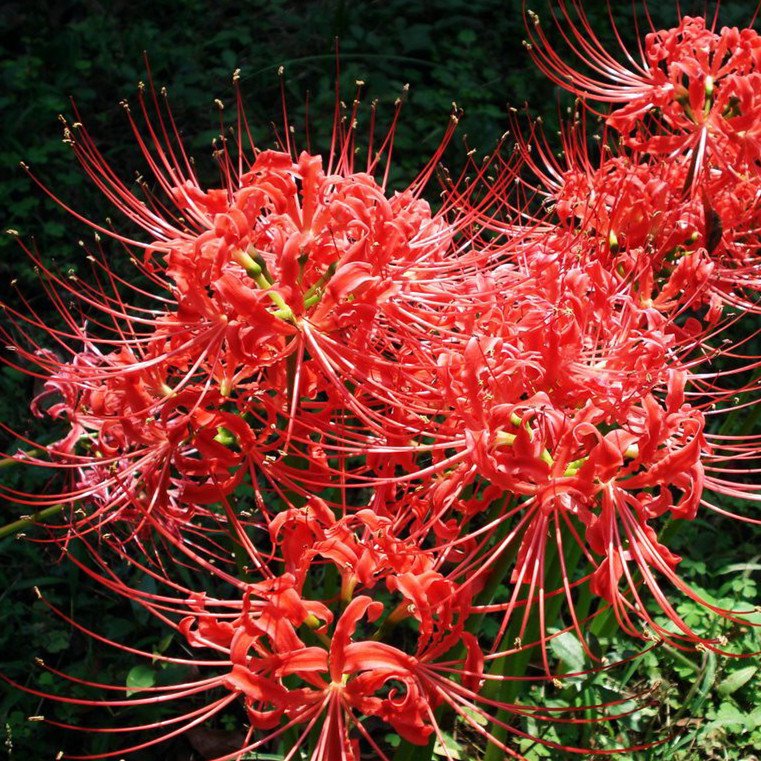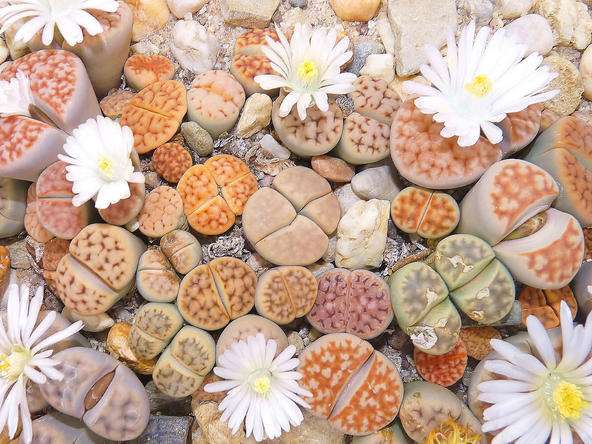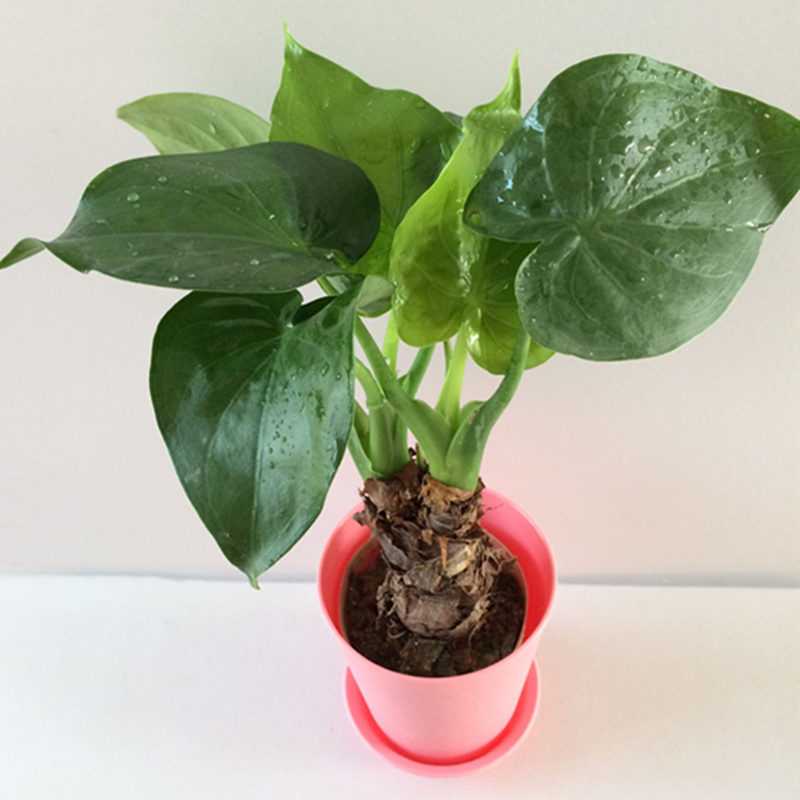Bulbous bulbous plant-how to plant and maintain garlic flower
Lycoris radiata (Latin name: Lycoris radiata (L'Her.) Herb.) belongs to the genus Lycoris of Lycoris. Bulb subglobose, 1-3 cm in diam. Leaves in autumn, narrowly banded, about 15 cm long, about 0.5 cm wide, top obtuse, dark green, with pink-green belt in the middle. Umbels have 4-7 flowers, bright red. The florescence is from August to September and the fruiting period is October. It is distributed in most parts of China, wild in shady hillsides and streams and ditches, and cultivated in courtyards.

Let's talk about the planting of garlic. First of all, we need to understand the changes of the four seasons of garlic. Spring is a bulb, leaves grow in summer, flowers stand up in autumn, and leaves fade slowly in winter, so reincarnation.
Lighting: garlic flowers like scattered light, do not like strong light, so the light is not too strong, flower friends in the choice of planting site, you must consider this point, you can maintain in the north balcony, or relatively shady place.
Soil: garlic flower has very low requirements for soil, even if it is planted in the garden in Beijing, it can grow well, but it is after all a southern flower, so the soil should be acidic soil, a little sandy, breathable and permeable.
Watering: keep the soil moist, but do not accumulate water, watering should not be too much, otherwise it will make its rhizome rot. An appropriate amount of water must be supplied from 20 days before flowering to the flowering stage so that the flowering is neat and consistent and the flowers are easy to maintain.
Temperature: most Lycoris radiata varieties like warm climate, the highest temperature is less than 30 ℃, the average temperature is 24 ℃, which is suitable for Lycoris radiata growth. The daily average temperature in winter is more than 8 ℃, and the lowest temperature is 1 ℃, which does not affect the growth of Lycoris radiata.
Post-anthesis treatment: Lycoris should cut off the scape after flowering to reduce the loss of nutrients.
Depth: the planting depth should not be too deep, and the top of the bulb should be just buried in the soil.
Time: 2019-04-22 Click:
- Prev

The culture method of tortoise back bamboo formaldehyde air purification plant selected tortoise back bamboo
With loose, drained and ventilated imported peat of Pinnell 5-40mm specification, break the peat and mix well with water. (standard of adding water: after mixing well, hold a handful of peat tightly and the water seeps from the fingers) to be planted in a cup. Potted bamboos usually use rotten leaf soil, garden soil and river sand as the substrate.
- Next

Dripping Guanyin is toxic-special attention should be paid to conservation and planting.
Dishui Guanyin is a trade name, also known as "Dishui lotus", bergamot, other commonly known as wolf venom (underground stem), Tianhe, Guanyin lotus, mimosa, river immortal, Guanyin taro, Guangdong wolf venom mark taro, wolf venom (Guangdong), wild taro, mountain taro, big root taro, big insect taro, taro, Tianmeng, etc.
Related
- Fuxing push coffee new agricultural production and marketing class: lack of small-scale processing plants
- Jujube rice field leisure farm deep ploughing Yilan for five years to create a space for organic food and play
- Nongyu Farm-A trial of organic papaya for brave women with advanced technology
- Four points for attention in the prevention and control of diseases and insect pests of edible fungi
- How to add nutrient solution to Edible Fungi
- Is there any good way to control edible fungus mites?
- Open Inoculation Technology of Edible Fungi
- Is there any clever way to use fertilizer for edible fungus in winter?
- What agents are used to kill the pathogens of edible fungi in the mushroom shed?
- Rapid drying of Edible Fungi

